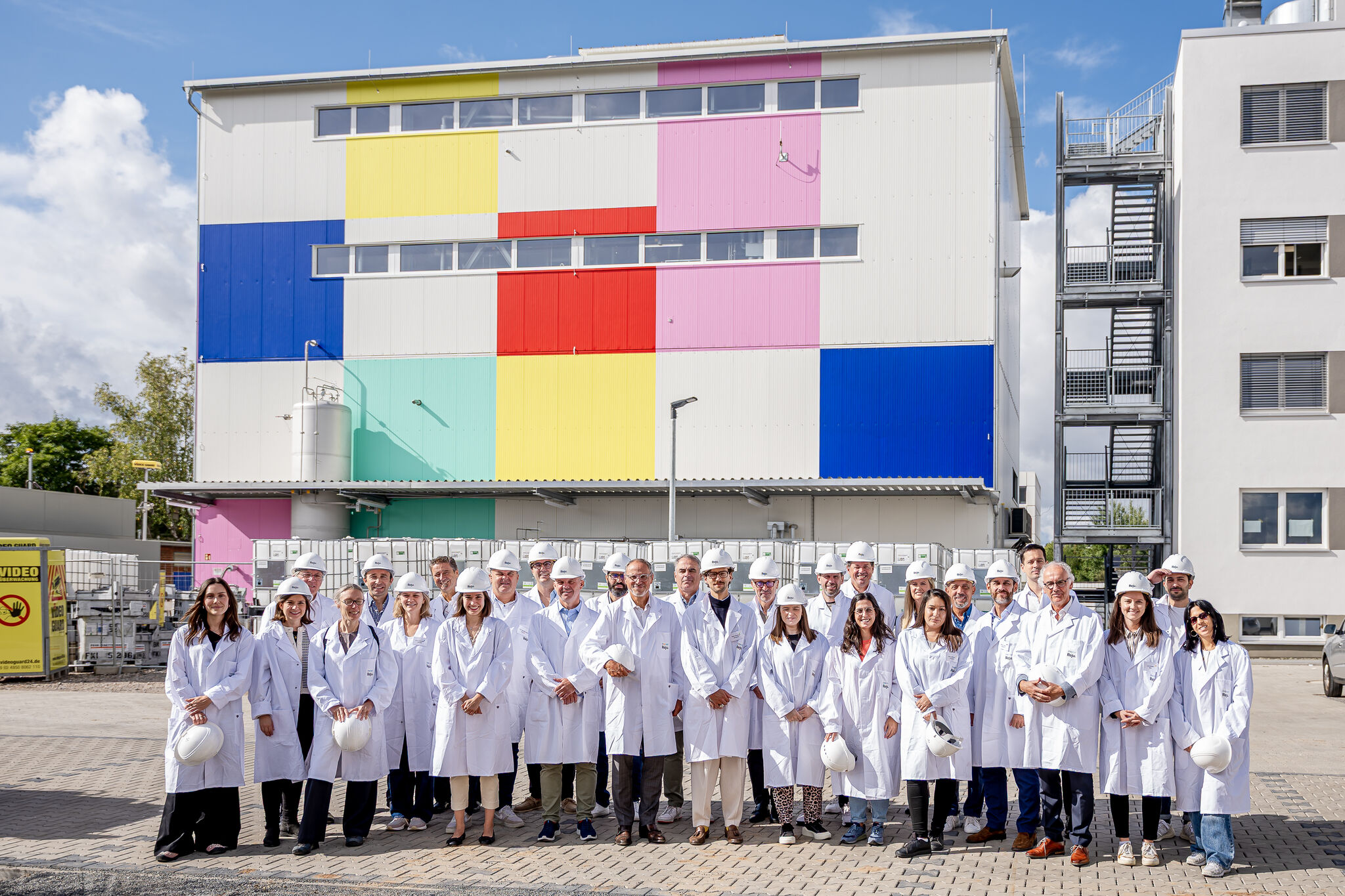Reju recently welcomed representatives from ReHubs, the European Commission, and EURATEX to its first demonstration unit, Regeneration Hub Zero, located in Frankfurt, Germany. The invitation was extended to showcase Reju’s material regeneration technology, which focuses on converting textile waste back into polyester. The visit included a guided tour of the facility, led by Reju’s team—Alain Poincheval, Henri-Frédéric Hibon, and Aude P.—who provided insights into the operational process and its potential role in textile circularity.
The purpose of this gathering was to foster dialogue around textile-to-textile recycling and to highlight the technical capabilities of Reju’s system. By demonstrating how discarded textiles can be processed into usable polyester, Reju aimed to encourage collaboration and policy support for scaling such efforts across Europe.
ReHubs Shares Vision for Fibre-to-Fibre Recycling
During the visit, ReHubs CEO Robert van de Kerkhof presented the organization’s goals and ongoing initiatives. ReHubs is focused on increasing the adoption of recycled fibres and expanding textile-to-textile recycling across the continent. The presentation sparked a productive exchange between ReHubs’ partners and the European Commission, centering on current challenges and future policy directions.
The facility tour reinforced ReHubs’ commitment to practical solutions and collaborative action. By engaging directly with operational models like Regeneration Hub Zero, ReHubs continues to advocate for systems that support circularity in the textile sector.
EURATEX Supports Policy and Industry Alignment
EURATEX—the European Apparel and Textile Confederation—played a key role in enabling this visit. Representatives Dirk Vantyghem, Mauro Scalia, and Ekaterina Stoyanova participated in the discussions, emphasizing the importance of aligning industry efforts with European policy frameworks. Their involvement helped bridge perspectives between technical operators and regulatory bodies.
The visit concluded with mutual appreciation for the opportunity to witness textile regeneration in action and to discuss how such models can be supported through policy and industry cooperation.
This event marked a step forward in connecting operational expertise with strategic planning, reinforcing the shared goal of building a circular textile ecosystem across Europe
